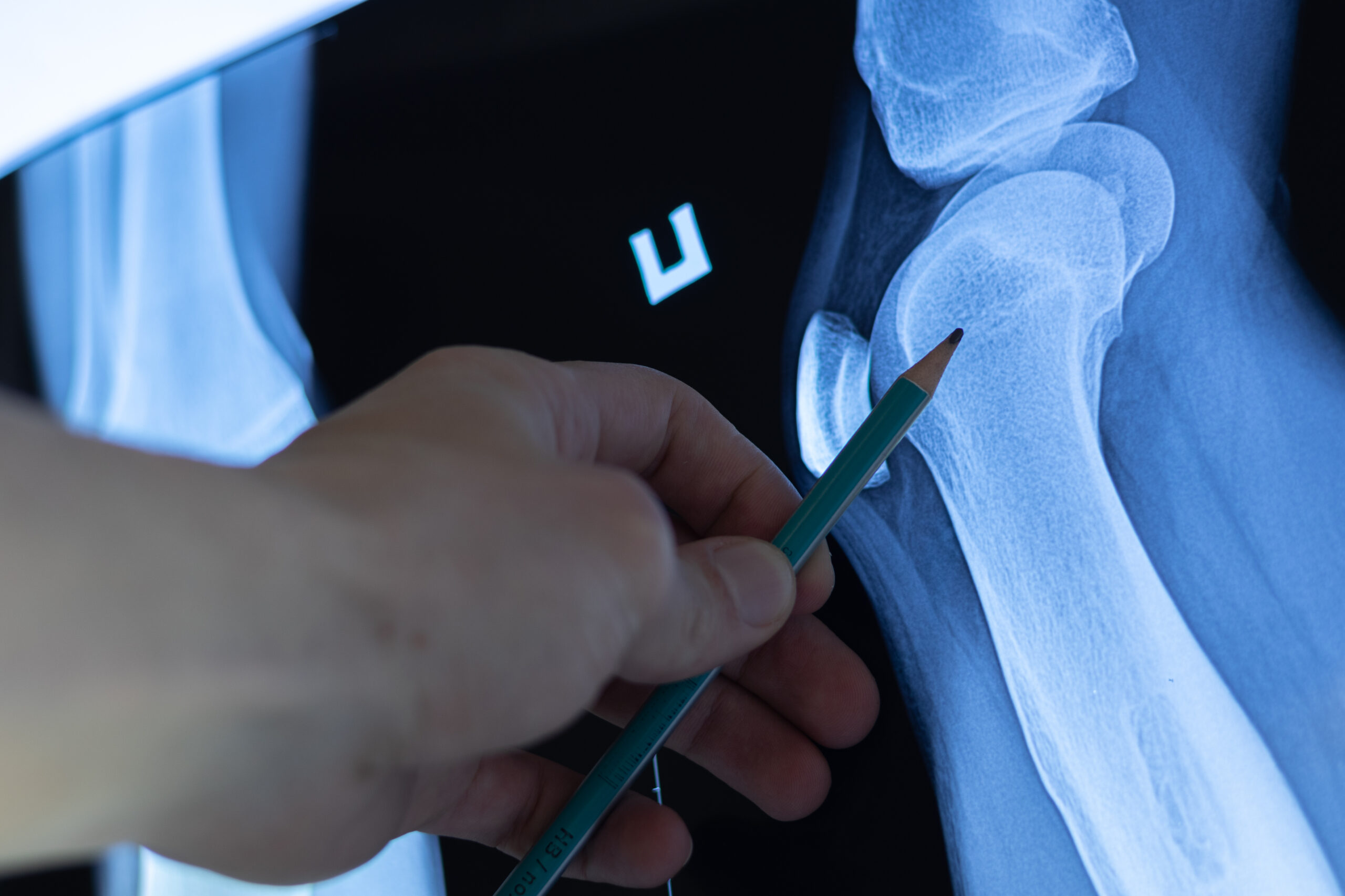Understanding the relationship between low bone density and arthritis is crucial for early intervention and effective management of these conditions. Both low bone density and various forms of arthritis, particularly osteoarthritis and rheumatoid arthritis, significantly impact the musculoskeletal health of millions globally. This article delves into how these two conditions intersect and what this means for those affected.
What is Low Bone Density?
Low bone density, often referred to as osteopenia, occurs when bone mineral density is lower than normal. It is considered a precursor to osteoporosis, a condition where bones become brittle and more susceptible to fractures. Bone density is typically measured by a DEXA scan, which assesses the mineral content in your bones and compares it to a healthy, young adult’s bone density. Factors contributing to low bone density include aging, insufficient calcium and vitamin D intake, lack of physical activity, and certain genetic predispositions.
Understanding Arthritis
Arthritis encompasses over 100 conditions that affect the joints, the tissues surrounding the joints, and other connective tissues. The most common types are osteoarthritis (OA) and rheumatoid arthritis (RA). Osteoarthritis is characterized by the breakdown of cartilage, the cushion between bones in a joint. Rheumatoid arthritis is an autoimmune disorder where the immune system mistakenly attacks the joints, causing inflammation and damage to joint tissue.
The Link Between Low Bone Density and Arthritis
Research indicates a complex relationship between low bone density and arthritis, particularly osteoarthritis and rheumatoid arthritis.
- Osteoarthritis and Bone Density: Traditionally, osteoarthritis was thought to be a disease of cartilage. However, recent studies suggest that changes in bone tissue play a role in the development and progression of the disease. In osteoarthritis, bone density can be variably affected. In some cases, subchondral bone densification (increased bone density just under the cartilage) occurs, while in others, there can be a general decrease in bone density near the arthritic joints. This variability often depends on the stage and severity of OA, with bone remodeling processes being disrupted as the disease progresses.
- Rheumatoid Arthritis and Bone Density: RA is more clearly associated with reduced bone density, both around the joints and throughout the skeleton. This is partly due to chronic inflammation, which leads to increased bone resorption—a process where bone tissue is broken down to release minerals into the blood. Inflammatory cytokines, particularly those involved in RA, can stimulate osteoclasts, the cells responsible for bone resorption. Moreover, medications commonly used to treat RA, such as corticosteroids, can exacerbate bone density loss.
Impact and Management Strategies
The interplay between low bone density and arthritis can lead to a higher risk of fractures and a reduced quality of life due to pain and decreased mobility. Managing these conditions requires a holistic approach that includes:
- Diet and Nutrition: Adequate intake of calcium and vitamin D is crucial for bone health. Foods rich in these nutrients, such as dairy products, green leafy vegetables, and fish, should be part of the daily diet. Supplements may also be necessary, especially for individuals at high risk of osteoporosis.
- Physical Activity: Regular exercise, particularly weight-bearing and strength-training exercises, can help improve bone density and joint health. Exercise also strengthens muscles, which can reduce the load on joints affected by arthritis.
- Medications: Depending on the severity and type of arthritis, medications such as bisphosphonates (for bone density) and anti-inflammatory drugs (for arthritis) may be prescribed. It is crucial to discuss with a healthcare provider the best treatment plan, as some medications for RA can affect bone density.
- Lifestyle Modifications: Reducing risk factors such as smoking and excessive alcohol consumption is important. Both habits can contribute to bone density loss and worsen arthritis symptoms.
Conclusion
The link between low bone density and arthritis highlights the need for integrated care strategies to manage both bone and joint health. Early diagnosis and a proactive approach to treatment and lifestyle changes can help mitigate the impacts of these conditions, improving quality of life for those affected. As research advances, understanding of the precise mechanisms linking bone density and joint health continues to evolve, promising more targeted therapies in the future.
